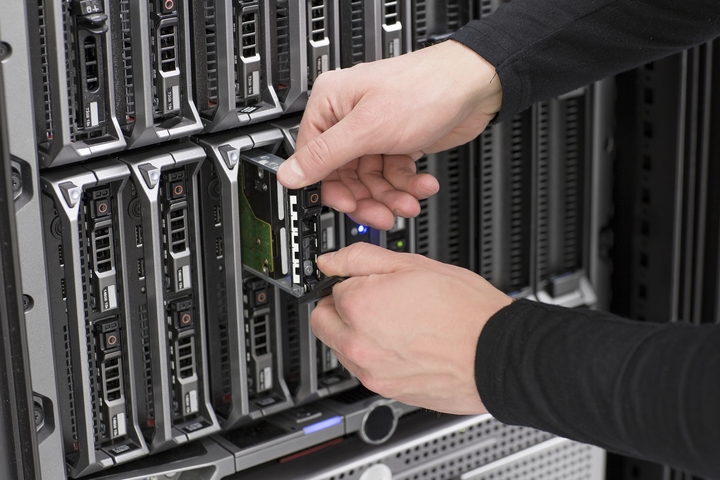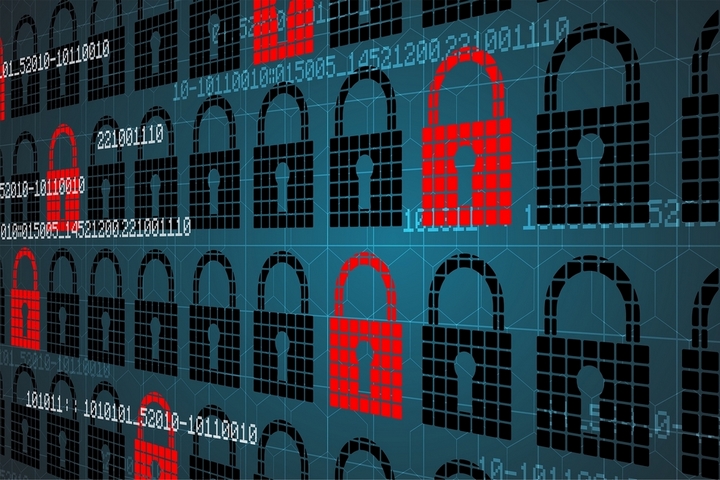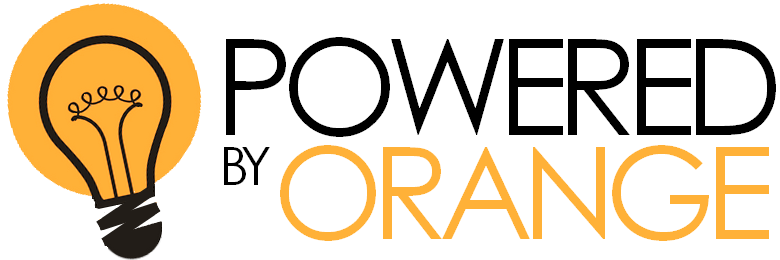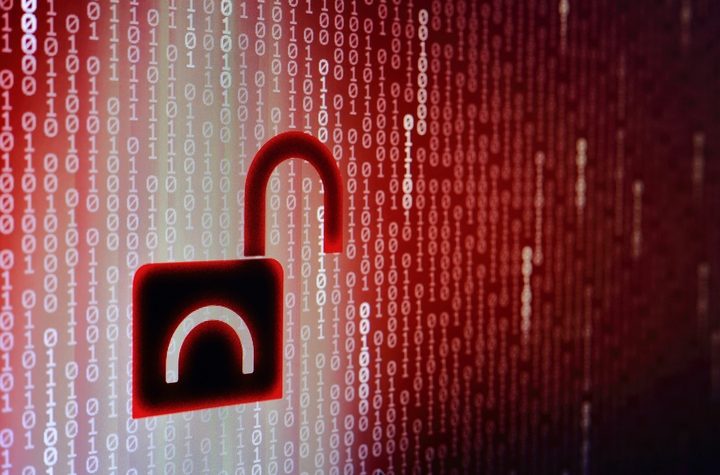Enterprise content management (ECM) systems were created to manage content securely all the way from data capture through management, preservation, storage, and distribution. Having all of an organization’s content in one repository can greatly increase the security of that data.
1. Data Is Under Your Control

With an ECM system, all documents are digitized and stored, usually in the cloud but sometimes on a company server. Either way, they remain under the company’s control. The files can be restricted or protected as needed, and data stored on a secure server or in a secure cloud is much more secure than data stored in hard copies in file boxes.
The company can either shred the originals or, if required for compliance reasons, move them to a secure archive. There is no need to be concerned about papers with sensitive information floating around the office, or unauthorized copies of those papers being made and taken out of the office. You may consider consulting with Adlib to learn more.
2. Data Can Be Controlled

The organization can maintain tight control over the data capture process. Access to sensitive documents can be regulated and supervised, as can the documents themselves once they’ve been scanned into the ECM system. With a well-run ECM platform, only a few employees will ever have to touch confidential materials and it’s very easy to ensure that only those employees are able to do so.
3. Access Can Be Restricted and Tracked

An organization with an ECM system in place can restrict who has access to certain levels of data. Certain digitized files can be available to everyone, and the most sensitive can be restricted to only those who absolutely need to see them. This can be done automatically or through the use of passwords and tokens.
In addition, an ECM system can record and track access or attempted access to certain files. If an employee attempts to open a file that they don’t have access to, there will be a record of it. The ECM system can be programmed to alert management when this happens, or if there is a pattern of a particular employee attempting to access data that they are not authorized to. This lets the organization take appropriate measures to prevent a problem instead of having to do crisis control afterward.
4. Changes Can Be Recorded and Tracked

Just as access to files and documents can be recorded and tracked, so can any changes made to these files. From the first initial data capture onward, there will be a record of any edits to the files. A company will be aware of any attempts to change the document. It’s even possible to restrict editing privileges to a few senior people in the organization, and give everyone else read-only access.
It significantly improves the security of a company’s data if they know that there are no unauthorized edits to any files or documents. Everybody will be working with exactly the same information. In addition, the organization will be aware of any employee who attempts to alter the files.




